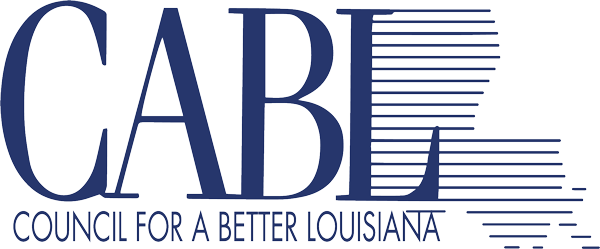
On Thursday the House of Representatives passed its version of the state budget. In doing so it made major changes to the spending plan proposed by the governor and supported by many in the Senate, setting up a possible showdown in the weeks to come. That, in itself, is nothing particularly new, but this time there’s a twist that makes this clash different from what we have seen in the past.
It’s not unusual for the House to take the budget proposed by the governor and carve it up into something very different. In the past, the House version of the budget was often unworkable and included cuts that most knew the Legislature was never going to make. This time they have crafted a budget that might not pass in its current form, but gives everyone something to think about.
At issue is how to spend $1.8 billion in extra state revenues. The governor’s plan included putting large chunks toward various infrastructure projects, providing a $2,000 pay raise for teachers, and directing funds to early childhood education.
The House took a totally different track. It targeted most of the funds to reducing a large amount of debt in state retirement systems while foregoing much of the infrastructure spending, the teacher pay raises, and the support for early childhood education. Though there are major differences in the two approaches, there are also good policy ideas behind each of them.
The state’s retirement system liabilities cost agencies and local school boards hundreds of millions of dollars every year in extra payments to meet a requirement to eradicate the pension debt by 2029. Paying some of it off early saves money in the long-term while freeing up some immediate savings that could be used to meet other needs. In principle, that’s good fiscal policy.
On the other hand, Louisiana has major infrastructure needs and there is strong support, particularly in the Senate, for using as much of the revenue as possible to fund projects for roads, bridges, and coastal restoration. In addition, continuing to raise teacher pay and invest in early childhood education are widely seen as important state priorities. That’s good policy, too.
So, the good news is that both approaches have merit.
Unfortunately, nothing at the Capitol is simple. The budget discussion is also complicated by the fact that the state has a constitutionally mandated expenditure limit that the current level of desired spending could exceed. Using funds to retire debt doesn’t count toward that spending cap, while most other types of expenditures would exceed the cap. Lawmakers can go over the spending limit with a two-thirds vote of both houses, though that seems unlikely at this time. That said, as with almost everything when it comes to legislative procedures and requirements, there are likely work arounds.
What all this means is the House and Senate are probably headed toward another showdown on spending, just as they have many times in the past. This time, however, the debate is actually a healthy one. It’s encouraging that the longtime mantra from CABL and others to pay down debt and use one-time money for one-time expenses is largely being heeded. From CABL’s perspective there are good and sound elements in both plans.
Reducing debt reaps real fiscal benefits, but we also need to remember that we are at the bottom of lists where smart investments could help us move up. What the current debate tells us is that despite significant differences in priorities and philosophies, there’s plenty of room for lawmakers to take a balanced approach and reach a smart compromise.
They’ll be sending a terrible message to voters in an election year if they don’t.
